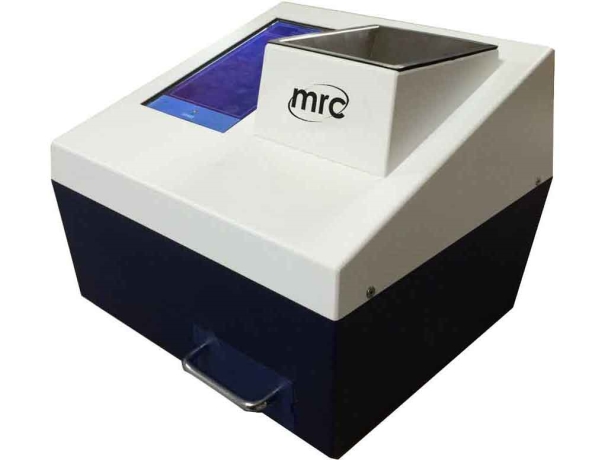The function of the milk analyzer is to make quick analyses of milk on fat (FAT), non-fat solids (SNF), proteins, lactose and water content percentages, temperature (oС), pH, freezing point, salts, conductivity as well as density of one and the same sample directly after milking, at collecting and during processing.
Measuring parameters found in milk analyzers:
FAT– 0.01% - 25% SNF – 3% - 15% Density – 1015 –1040kg/m3 Proteins – 2% - 7% Lactose – 0.01% - 6% Water content – 0% - 70% Temp. of milk – 1°C–40°C | Freezing point -0.400 –0.700°C Salts – 0.4 – 1.5% PH - 0 – 14 ±0.05% (option) Conductivity - 3 – 14 [mS/cm] ±0.05% (option) Total solids - 0 –25% ±0,17(option) |
offers multiple tests on one analyzer, includes Food Safely Analyze, Pesticide Residues, Veterinary Drug Residues, Antibiotic Residues, Determination of Organic Pollutants, Natural Toxins, Safety of Aquatic Products. Analysis of Biological Pollutants etc.offers multiple tests on one analyzer, includes Food Safely Analyze, Pesti cide Residues, Veterinary Drug Residues, Antibiotic Residues, Determination of Organic Pollutants, Natural Toxins, Safety of Aquatic Products. Analysis of Biological Pollutants etc.
Flour And Grain Analyzer
A flour and grain analyzer is a device that measures the quality and composition of whole grain and flour using transmission technology. This technology involves the measurement of light transmitted through a sample of grain or flour to determine its properties. The analyzer is capable of measuring various parameters such as protein content, moisture content, ash content, and other physical and chemical characteristics. This information is useful for millers, bakers, and food producers who need to maintain consistent quality control in their products. By using a flour and grain analyzer, they can quickly and accurately determine the quality and composition of their raw materials and finished products, ensuring that they meet industry standards and customer expectations.
Seed count scanner
A laboratory seed count scanner is a device used to determine the number of seeds in a sample. The device uses reflectance scans, which involves illuminating the grains with light and measuring the amount of light reflected back. This information is used to determine the size, shape, and color of the seeds, allowing for accurate counting.
The laboratory seed count scanner is typically used in agricultural and seed testing labs to evaluate the quality of seed samples and determine the viability of the seeds for planting. By using a seed count scanner, researchers and seed producers can quickly and accurately determine the seed count in a sample, which is important for making decisions about seed production, distribution, and planting.
In addition to seed counting, the laboratory seed count scanner can also be used to evaluate other seed quality parameters such as seed size, shape, and color uniformity, which are important for ensuring consistent plant growth and yield. Overall, the laboratory seed count scanner is a valuable tool for improving seed quality and ensuring successful plant growth in agricultural and horticultural industries.
